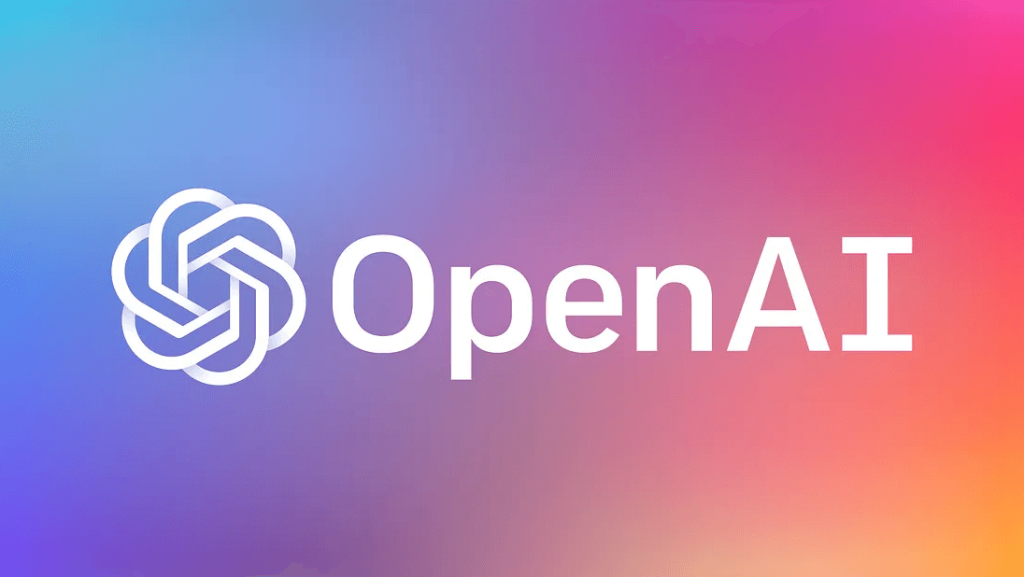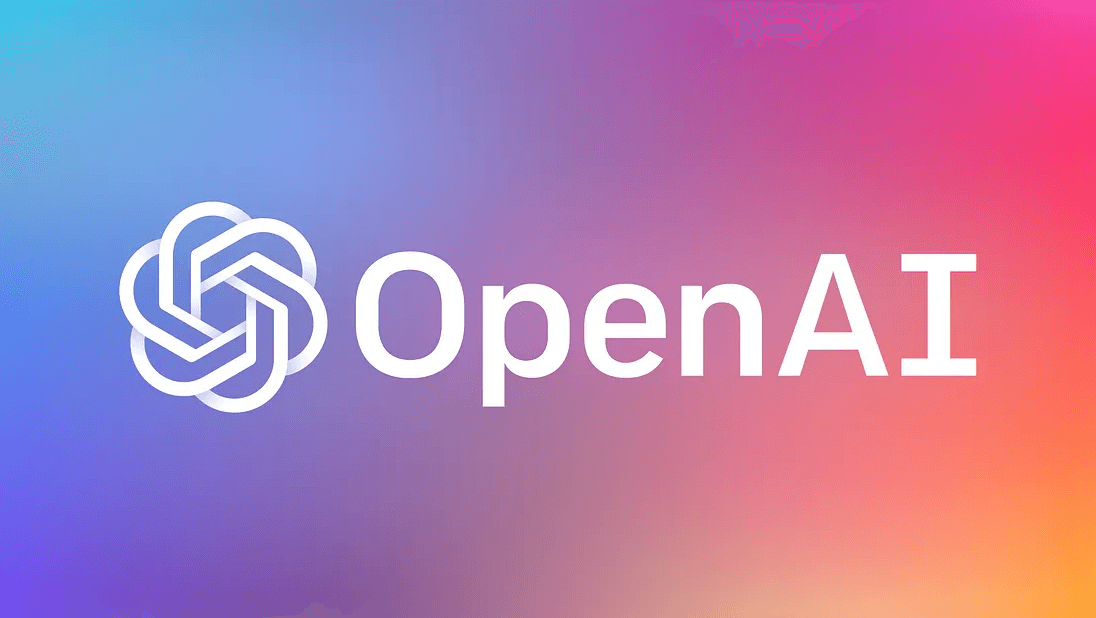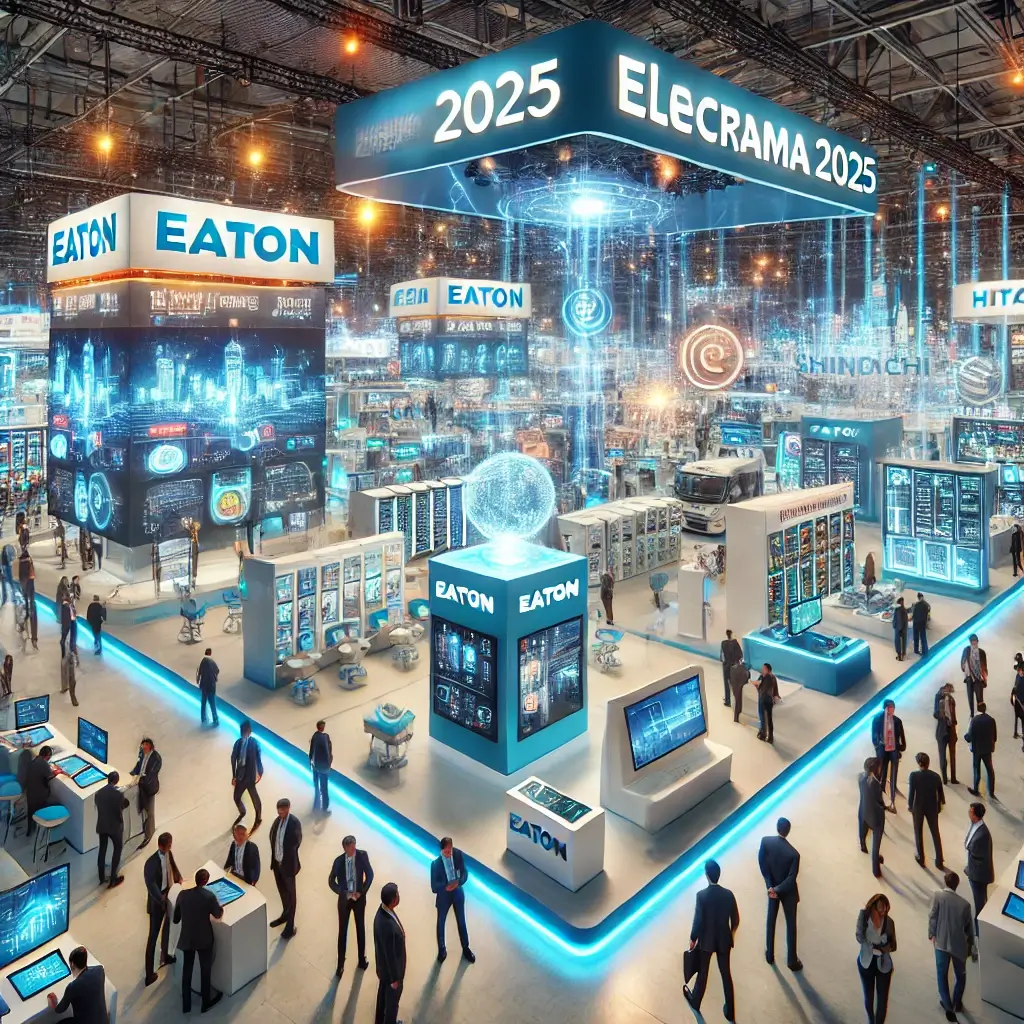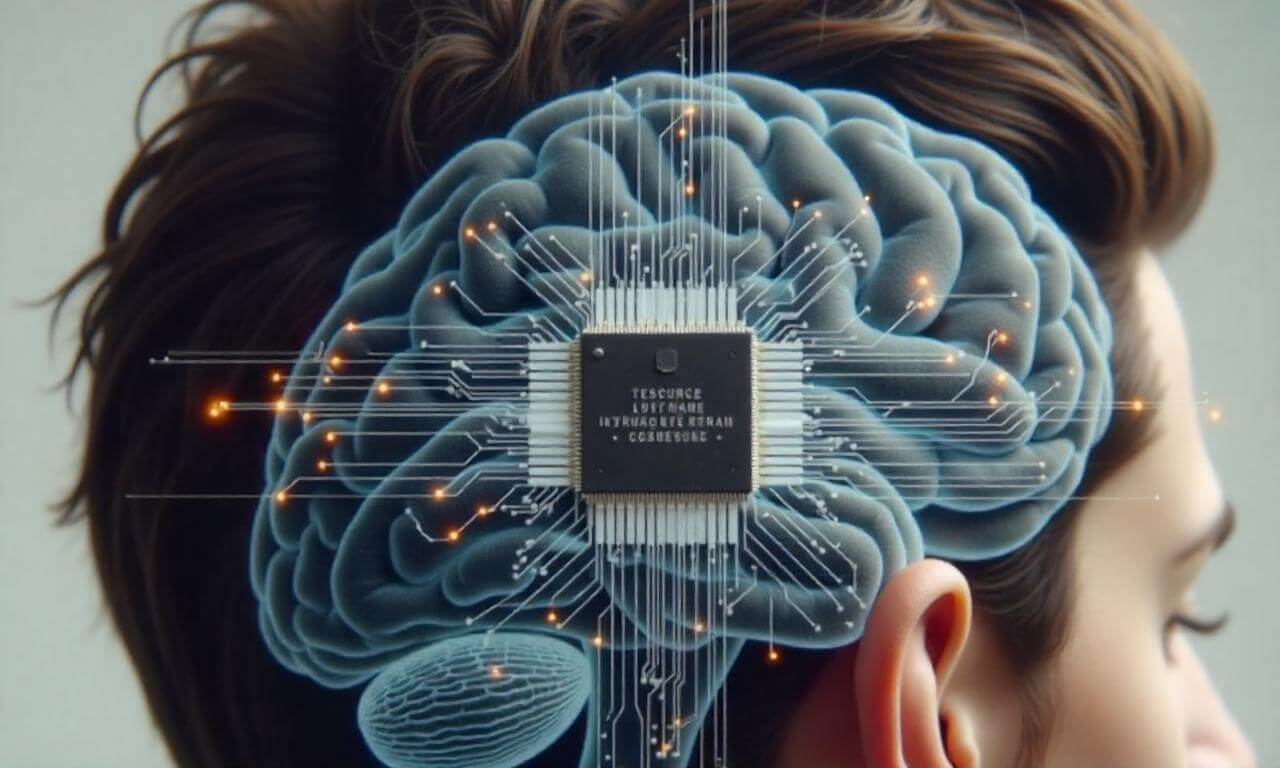Introduction
No one can ignore how drastic the change in Artificial Intelligence is nowadays and OpenAI is one of the major contributors to that change. OpenAI is also leading the development of its GPT or Generative Pretrained Transformer model with the release of GPT-4o and GPT-4.5 updates. The growth in performance and functionality with each update has been radical, particularly with the now possible integration of text, image, and audio in AI. Let’s dive into the reasons behind why this update is trending so much.
GPT-4o: Multimodal AI Breakthrough
OpenAI expanded the capabilities of their previous models into its GPT-4o, which was released in 2024. The difference in the capabilities of GPT-4o compared to prior models is that it can take in and process text, image, and audio information. This makes it more flexible than any other AI program and can give out results in various forms. One of the most talked about features is the capabilities GPT-4o has in image design, as it can produce stunning images based on text description prompts.
It has now become possible for users to ask AI-influenced image makers to describe a concept or style with the purpose of generating images and get those images. We saw viral trends on social media where users paint using the prompts to the AI image generator using the detailed and imaginative style from Studio Ghibli films. With how pleasing to the eye and astonishing the content produced by AIs can be, there is truly lots of opportunities.
GPT-4o offers users a fresh and fascinating way to play with images and text to create content. This is an essential advancement in the already transformed areas of marketing, entertainment, and content creation.
Improving Emotional Intelligence and Minimizing Hallucinations
In February 2025, OpenAI released an update to GPT-4o with the addition of GPT-4.5. This update focused on improving emotional intelligence, which enhances sensitivity to human feelings and makes the model more effective in customer service, therapy, and other areas of social engagement. With the ability to perceive nuanced emotional signals, GPT-4.5 outputs logic and empathetic responses which AI systems, previously, failed to output. This allows for more realistic and helpful conversations to be conducted through AI.
One more enhancement in GPT-4.5 is the reduction of hallucination syndrome. AI hallucinations are when the AI model fabricates information. OpenAI with the introduction of GPT-4.5 has reduced the hallucinations on the language model making it reliable. This is very useful advamcement because any information that is fabricated erodes trust and faith. Reducing hallucinations becomes critical in earning user trust with AI systems, given how entwined information provision and decision making have become.
People notice these advancements. The emotionally sophisticated, aware and advanced GPT-4.5 is receiving praise for making accurate and considerate responses. Because these models are more sophisticated and emotionally aware, they are also more resource demanding. These advancements however are not without cost.
AI Integration with Browsing: Operator-Web Integration
Aside from enhancing emotional recognition and lowering hallucination rates, OpenAI has been focused on creating more practical AI agents. The launch of the “Operator” browsing AI agent gives the model the capability of fetching and retrieving live information and utilizing it online. The U.S. Pro version of this feature allows AI to answer questions to assist in the most sophisticated level of research.
Operator is a potent and groundbreaking feature that illustrates the dedication of OpenAI towards real-time interaction with AI. It enables a myriad of possibilities pertaining to personal assistant and academic as well as business AI applications through empowering users to use AI to retrieve relevant information in real time without having to exit the platform.
AI has made impressive impacts in biomedicine, but now a big step has been taken: OpenAI’s o3 Deep Research service is a second service that has improved its functionality greatly. Deep Research employs advanced reasoning and web search internally to quickly produce comprehensive reports about tightly defined scopes. This service capable of creating intricate reports in 5-30 minutes demonstrates OpenAI’s efforts on automation of professional and scientific work through the application of AI.
Deep Research uses sustained reasoning and web access the same way other parts of AI are to facilitate difficult work and insights that would take hundreds of hours of painstaking research. This effort demonstrates how OpenAI is attempting to extend beyond the conversation applications of AI towards more complex understanding and decision making processes.
AI, Creativity, and Ethics
The shifting paradigms of OpenAI’s modern models is stimulating a larger dialogue on the ethics of AI, particularly as it relates to the creative sector. Concerns regarding the preservation of intellectual property and the potential of AI replacing human creativity is AI’s ability to generate images reminiscent of Studio Ghibli’s work. Everyone is weighing in on the question of what impact AI will have on the future and on particular industries.
There are differing opinions regarding AI’s ability to foster creativity and productivity. Some people are of the opinion that AI might replace certain jobs or reduce the value of art produced by human beings. These ethical issues become direr with the advancement of AI, creating a need for discussion regarding governance and the responsible usage of AI technologies.

Summary: Innovations from OpenAI and the Future of AI
The introduction of GPT-4o, GPT-4.5, Operator, and Deep Research have marked a change in the AI tech landscape. OpenAI continues to transform the user experience within AI, so now the focus is on how it can perform more sophisticated and creative research. OpenAI is at the head of the AI change, and as this becomes the new normal and transforms different sectors, my position remains that they are ready to challenge everything we think we know about the influence of AI on modern society.
Read more: Color Game The Ultimate Trading & Prediction Challenge ECHO NEWSROOM – News That Echoes Beyond the Screen







Leave a Reply